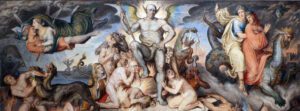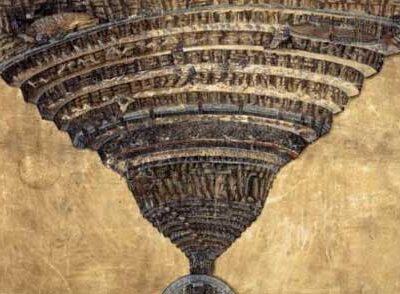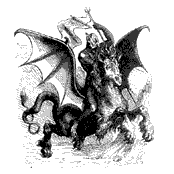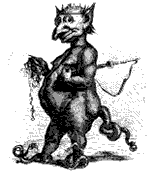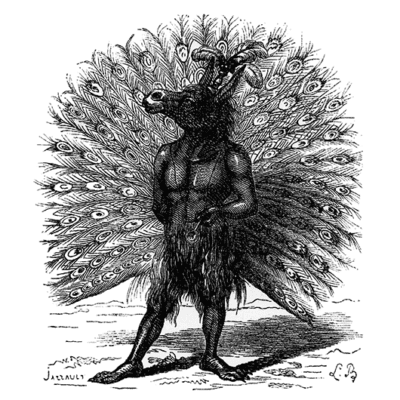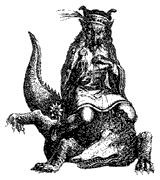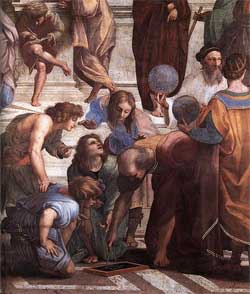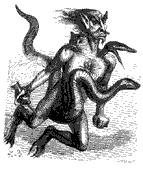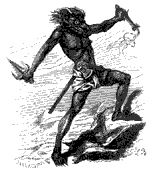Abaddon (Apollyon): From a Place of Destruction to a Demonic Being
Abaddon, the "place of destruction" is synonymous with Sheol in Proverbs and Job. In later writings, Abaddon is personified as the king of the abyss who can command an army of locusts to torment men.

